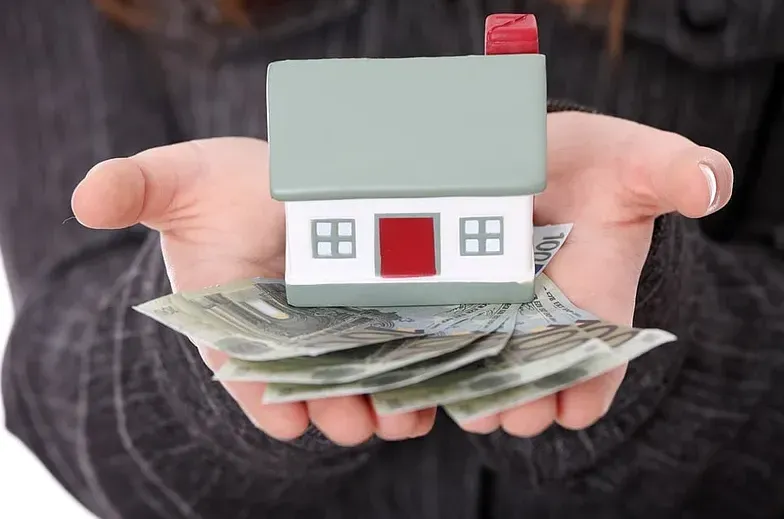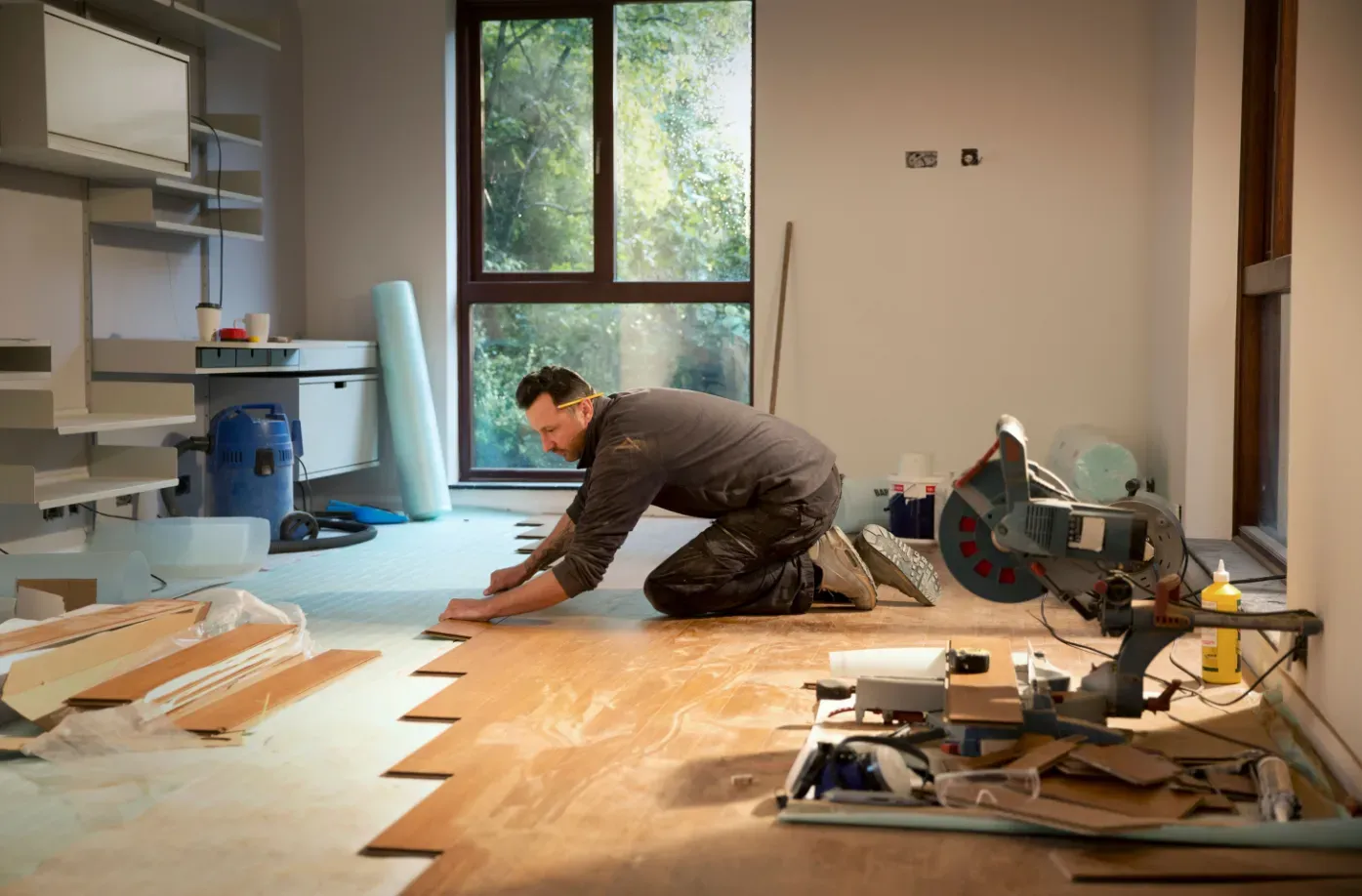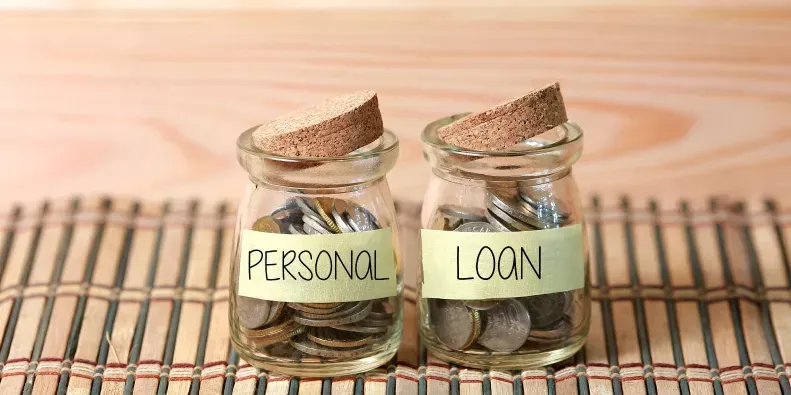Personal Loans for Home Renovations: A Smart Financial Move or a Debt Trap?

By
Shrusti Naik
Posted on August 20, 2025. 10 mins

Personal Loans for Home Renovations: A Smart Financial Move or a Debt Trap?
Introduction

India’s home renovation boom is booming. According to Knight Frank, spending on home improvements rose by nearly 35% in 2024 as homeowners sought to upgrade living spaces without relocating (Source: Knight Frank India, 2024). For many, a convenient solution is tapping into a personal loan for home renovation. But is it a smart financial decision or a slippery slope into debt? In this deep-dive, we demystify interest rates, repayment structures, and risks, helping Indian readers decide if renovation via personal finance is prudent or precarious.
When a Personal Loan Makes Sense
Personal loans stand out for their speed, ease of access, and minimal documentation, and are often marketed as ideal for home renovation. Many lenders now offer niche products such as home renovation personal loans with mildly lower interest rates (10–12%) compared to standard ones (12–15%) (Source: Economic Times, March 2025). For quick fixes, like minor plumbing, repainting, or modular kitchen upgrades, this makes sense. If you're renting or in a time-sensitive situation, accessing funds in 24-48 hours and completing a renovation before renting out your upgraded space could increase rental yield significantly. Also, Check out our blog on Gross Monthly Income.
Moreover, the interest paid on a personal loan used solely for renovation is tax-deductible under Section 24(b), up to ₹2 lakh per annum, if the renovated space is used as a let-out property (Source: Income Tax India, 2025). This benefit makes renovation financing more appealing than credit card debt or EMIs on consumer electronics.
The Debt Dynamics: Why It Can Become Risky
However, what starts as a small impulse upgrade can easily escalate into a high-interest cycle. Across India, home renovation costs typically balloon by 20–30% above budget, according to a 2025 survey by Housing.com. For example, planning a ₹5 lakh renovation could easily touch ₹6.5 lakh once structural corrections or design changes are added. A personal loan taken to cover this amount, with no buffer and a 10% interest rate over 5 years, ends up costing nearly ₹1.5 lakh in interest, making your ₹6.5 lakh job cost ₹8 lakh total.
Personal loans also come with processing charges, often 1-2% of the loan plus GST. Late payment penalties and prepayment charges add further burden. If your income slips or EMIs coincide with other expenses like children's education, you may default, affecting your credit score and future eligibility. Besides, Read our Blog on How to Save Money for a House.
Alternatives to Consider Before Taking a Personal Loan
Before committing to a renovation loan, weigh your options:
-
Home Improvement EMI Offers: Certain retailers or home décor platforms partner with NBFCs to offer zero- or low-interest EMIs for furniture or décor products. These are typically shorter-term and cost-effective if you are buying from partnered merchants.
-
Home Loan Top-Up: If your home loan still has a long tenor and your bank permits it, availing a home loan top-up with interest rates around 9–9.5% can be cheaper than personal loans. Plus, top-ups are often processed faster and with lower paperwork.
-
Using Savings Responsibly: For smaller renovations, drawing on savings or systematic small investments (like P2P SIPs) may help avoid any loan altogether. A modest home renovation done over a few months using savings avoids debt and interest.
Also, Read our Blog on Loans Against Mutual Funds.
Best Practices When Opting for a Personal Loan
If a personal loan remains your best route, follow these best practices:
-
Borrow Only What You Need: Overborrowing is a common trap. Plan your renovation realistically, get quotes, include a 10% contingency, but don’t overshoot.
-
Shop Interest Rates: Compare offers across banks and NBFCs. Some platforms like BankBazaar and Paisabazaar show live interest rates starting from 9–10% for first-time borrowers.
-
Opt for Shorter Tenures if Feasible: A 3-year loan may mean higher EMIs, but significantly lower interest outgo compared to a 5-year plan.
-
Prepay When Possible: If your cash flow allows, prepaying when bonuses or tax refunds arrive can reduce both principal and interest. Check for prepayment penalties before initiating.
-
Keep an Emergency Buffer: Never allow loan EMIs to exceed 30–35% of your net monthly income. If they do, any financial shock can derail both your renovation and your credit history.
Read our Blog on How to Create a Smart Home on a Budget.
Case Study: How One Hyderabad Homeowner Did It Right
Shalini, a marketing professional in Hyderabad, wanted to redo her 10-year-old apartment’s kitchen and bathroom. Estimated cost: ₹4.5 lakh. She opted for a short-term personal loan at 9.5% interest with a 3-year repayment plan. She disciplined herself to prepay ₹1 lakh when she received her yearly bonus, reducing the loan’s tenor to under two years. With timely EMIs and one-time prepayment, she paid a total interest of only ₹34,000. Meanwhile, the renovated bathroom and modular kitchen helped her rent the property for ₹5,000/month more, offsetting her renovation costs within a year. Read A Beginner’s Guide to Filing Income Tax Returns
Conclusion

Funding home renovations via personal loans can be a smart financial move, if approached with clarity, discipline, and foresight. For quick, impactful home upgrades where funds and time are constrained, a low-interest personal loan with short tenure can elevate your living experience and even deliver financial return. Yet, for many Indians, the slippery slope of rising costs, high interest, and lax repayment planning makes it a potential debt trap.
Choose wisely: borrow only what you can confidently repay, consider lower-cost alternatives where possible, and prioritize short loan tenures and prepayment. When managed responsibly, a personal loan for renovation isn’t just an expense, it’s an investment in your comfort, value, and future.
For those in pursuit of their dream home, investment opportunities, or a sanctuary to call their own, Jugyah provides top housing solutions with its intelligent technology.
Frequently Asked Questions
1. Are personal loans good for minor renovation work? Yes, because they offer convenience, quick approval, and access to funds, making them suitable for small-scale renovations like painting or modular units.
2. Can I use a personal loan for home renovation tax benefits? If the renovated property is leased out, the interest component is tax-deductible under Section 24(b), up to ₹2 lakh annually.
3. What interest rate is normal for home renovation loans? In India, renovation personal loans generally carry interest rates ranging from 9% to 15%, depending on your credit score and income stability.
4. Should I consider a home loan top-up instead of a personal loan? Yes, if you're eligible, a top-up at 9–10% interest can be cheaper, though it increases your overall tenure and exposure to long-term debt.
5. Is it wise to prepay a renovation loan early? Absolutely. Prepayment reduces both your principal and total interest paid, especially effective when penalty charges are low or waived.